 |
 |
 |
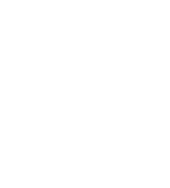
|
Anthazoa 3D Cape and Skirt, Voltage Colleciton (detail)
Designed by: Iris van Herpen (Dutch, born in 1984)
Designed by: Neri Oxman (Israeli, born 1976)
In collaboration with Professor W. Craig Carter
Printed by: Stratasys
Group shot: 2013.1487.1-2
Dutch, 2013
3D-printed polyeurethane rubber and acrylic, steel cage, and cotton twill inner lining and silk satin lining
Museum purchase with funds donated by the Fashion Council, Museum of Fine Arts Boston
M. Zoeter x Iris van Herpen ©
Photography by Ronald Stoops
Courtesy, Museum of Fine Arts, Boston
|
|
 |
#TECHSTYLE
6/3/2016-10/7/2016
Henry and Lois Foster Gallery (Gallery 158)
Clothes that respond to the environment, dresses you can tweet, and garments that come off a 3-D printer ready to wear—all of these innovations are poised to have a profound impact on the future of the fashion industry. Designers have embraced these innovations and “#techstyle” explores how the synergy between fashion and technology is not only changing the way designers design, but also the way people interact with their clothing. The exhibition draws on the MFA’s collection of contemporary fashion and accessories, and features key pieces from innovators in the field including a digitally-printed dress from Alexander McQueen’s Plato’s Atlantis collection (Spring/Summer 2010/2011) and Iris van Herpen’s 3-D printed dress (2013) produced in collaboration with MIT designer and assistant professor Neri Oxman. Visitors experience the cutting edge of hi-tech fashion with special commissions created by CuteCircuit, Hussein Chalayan, Kate Goldsworthy, and Somerville-based Nervous System.
|

|
Posted 30 March 2016
|
Share this:
|
|
Sponsored by the Fashion Council and New Balance. Presented with generous support from The Coby Foundation, Ltd. Additional support from the David and Roberta Logie Fund for Textile and Fashion Arts, the Thomas Anthony Pappas Charitable Foundation, and the Consulate General of Israel to New England. Supporting sponsorship by Neiman Marcus.
|
|
|
|
|

|

|

|
#techstyle is jointly curated by Pamela Parmal, Chair of the MFA’s David and Roberta Logie Department of Textile and Fashion Arts; Michelle Finamore, Penny Vinik Curator of Fashion Arts; and Lauren Whitley, Senior Curator of Textile and Fashion Arts. Highlights range from the “Ricky Bag with Light,” Ralph Lauren’s commercially available hand bag that can charge a cell phone, to “The Spike,” British bionic pop artist and MIT Media Lab fellow Viktoria Modesta’s high-tech artificial leg. The exhibition also features multimedia installations capturing live fashion shows, the 3D printing process and striking visuals of the garments in action—from the ballet to the runway—underscoring the importance of digital media in today’s world. In conjunction with the opening of #techstyle, the MFA celebrates the 10th anniversary of its Fashion Council, a group of Museum supporters with an interest in the intellectual, cultural and artistic aspects of fashion.
|
|
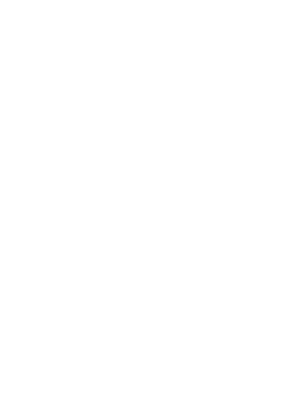
Bionic pop star Viktoria Modesta wearing “The Spike” Artificial leg
Created by Sophie de Oliviera de Barata, Alternative Limb Project
Styling Joanna Hir
Picture by Lukasz Schorab
Courtesy, Museum of Fine Arts, Boston
|
|
|
|
|
|
|
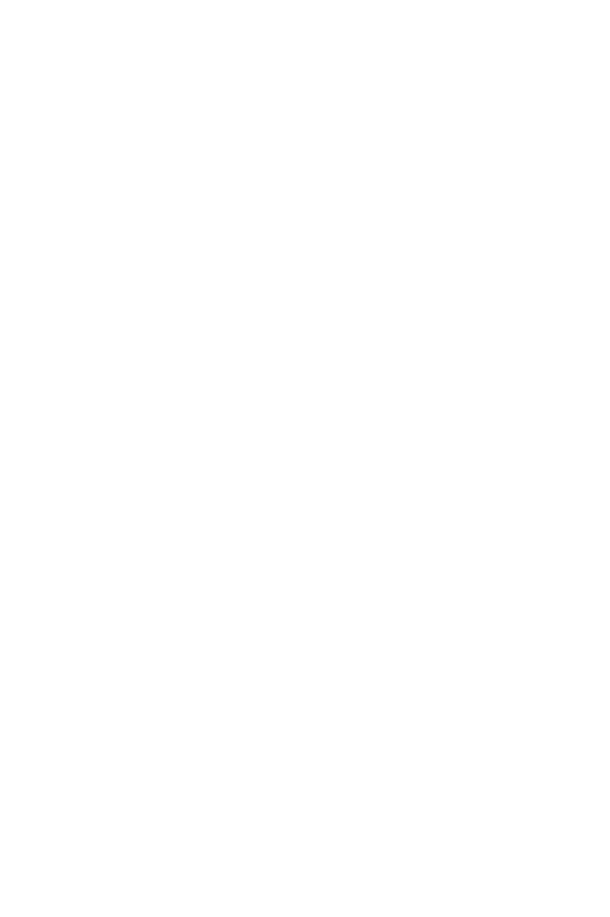
Metallic Leather Fringe Dress, 2012
Giles Deacon (English, founded in 2003)
Leather, Swarovski crystals
Museum of Fine Arts, Boston. Museum purchase with funds donated by the Fashion Council, Museum of Fine Arts, Boston
Ruby Jean Wilson DNA models
Photograph by Chris Moore Catwalking.com
Courtesy, Museum of Fine Arts, Boston
|
|
|
|
|
|
“#techstyle is a fascinating survey of the current synergy between fashion and science,” said Parmal. “Many of today’s designers actively seek out collaborations with scientists and engineers to apply new technologies in digital media, sustainability and even biotech to their work. At the same time, scientists and engineers have embraced fashion pushing the boundaries of manufacturing and design. It’s fitting that #techstyle is on view here in Boston, a crucible for technology and research.”
The exhibition explores how established designers such as Chalayan, McQueen, Issey Miyake and Rei Kawakubo have been at the forefront of incorporating technology into their collections. The designers’ work is complemented by video and photography, revealing how technology is changing the way fashion is created, functions, and is disseminated to the world through new media. The rest of the show is organized into two themes, Production and Performance, and draws on the MFA’s collection of contemporary fashion and accessories and key loans from innovators in the field. Multimedia displays introducing the exhibition include Marcus Tomlinson’s 2010 Airplane Dress video featuring Chalayan’s remote control operated dress.

|

|

|

|

|
|
|
132 5 Dress, 2010
Reality Lab, Miyake Design Studio 2010
Clothing by Reality Lab, Miyake Design Studio 2010
Photo by Hiroshi Iwasake
Courtesy, Museum of Fine Arts, Boston
|
|
|
|
|
132 5 Dress, 2010
Reality Lab, Miyake Design Studio 2010
Clothing by Reality Lab, Miyake Design Studio 2010
Photo by Hiroshi Iwasake
Courtesy, Museum of Fine Arts, Boston
|
|
|
|
|
132 5 Dress, 2010
Reality Lab, Miyake Design Studio 2010
Clothing by Reality Lab, Miyake Design Studio 2010
Photo by Hiroshi Iwasake
Courtesy, Museum of Fine Arts, Boston
|
|
|
“
“We hope that #techstyle will show visitors that now, more than ever, fashion is transcending its more conventional function and becoming an active interface between the body and innovative new technologies,” said Finamore.
”
|

|

|

|
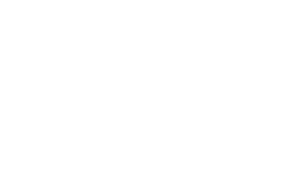
Image of Mary Katrantzou’s “Expandit” dress, 2012
Erik Madigan Heck (American, born 1983)
Photograph
Erik Madigan Heck / Trunk Archive
Courtesy, Museum of Fine Arts, Boston
|
|
Today, clothing can act as a video monitor, mood detector, medical monitoring device, or even give a hug when needed. New technologies have also been harnessed to develop garments and accessories that enhance performance on the battlefront, athletic field and stage. The Performance section of the exhibition features interactive “wearables” and clothing that exploits technology for function and visual effect—from dresses that move independent of the wearer through electronics, to leather capes that change with a spectrum of colors in response to light, heat and wind. The interactive CuteCircuit MFA Dress (2016) is the centerpiece of this section. CuteCircuit, led by the design team of Francesca Rosella and Ryan Genz, is at the forefront of developing interactive wearables and has designed a couture gown for singer Katy Perry and uniforms for the EasyJet airline. The duo used their “Magic Fabric” for the MFA commission, incorporating more than 10,000 MicroLEDs to create animations. Visitors can use an iPad to select images from the MFA’s collection, including Hokusai’s Great Wave and Ellsworth Kelly’s Blue Green Yellow Orange Red to display on the dress.
|
|
|
|
|

|

|

|
Also on view in the Performance section is van Herpen’s Water Splash Crystallization dress (2013), made in conjunction with SHOWStudio—a progressive fashion film studio—and based on video stills of water being splashed on style icon Daphne Guinness’s body. Additionally, a remotely controlled Possessed Dress (2015) designed by Chalayan is on view in conjunction with a video of the Sadler’s Wells ballet for which it was developed, Gravity Fatigue, where the dress can be seen moving independently of the dancer. Two ink-coated leather capes created by T H E U N S E E N—founded by lead material alchemist, Lauren Bowker—change in a rainbow spectrum in response to heat, light and air flow, reverting back to black in stasis. Conceptual artist Ying Gao’s Incertitudes ensemble (2013) is a kinetic garment that reacts to its environment. When a voice is within proximity, electronic sensors activate the dressmaker pins covering the surface of the garment, causing them to move in waves. Visitors can interact with the work every Wednesday at 1-2 pm and 6-7 pm during the run of the exhibition.
|
|
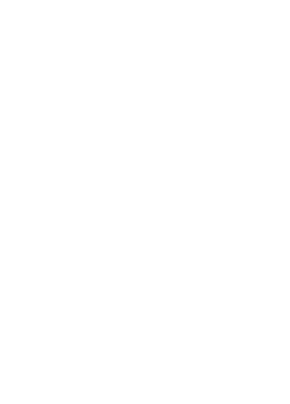
“Water Splash” Crystallization dress, 2013
Iris van Herpen (Dutch, born in 1984)
Plexiglass synthetic
*Courtesy, Museum of Fine Arts, Boston
|
|
|
|
|
|
Technologies such as 3D printing and computer-aided design have also opened up a new world of design possibilities for customizable artificial limbs. Viktoria Modesta makes a fashion statement with her “Spike Leg,” featured in the music video Prototype, which can be seen in the exhibition and illustrates how her body is an extension of her performance and art.
“The performance section will highlight how clothes ‘perform’—in both practical and conceptual ways,” said Whitley. “Garments that move independently or change with unseen environmental conditions alter and expand our understanding of how clothes can function in the future.”
The Production section looks at how contemporary fashion designers have employed technology to revolutionize the way clothing is designed and constructed, including digital design, lasers, embedded electronics and sustainable manufacturing methods and materials. Mary Katrantzou—one of the first designers to successfully integrate digital imagery with garment construction—regularly sources images from the internet, building each print to fit the proportion of the garment. In the exhibition, her Expandit dress (2012) is accompanied by an image made in collaboration with photographer Erik Madigan Heck, which presents a surrealistic melding of Katrantzou’s fashion with backgrounds that heighten the color saturation important to both artists’ work.

|

|

|

|

|
|
|
“The Bird,” Air Collection, 2014, T H E U N S E E N
Lauren Bowker (English, born 1985)
Coated leather
THE UNSEEN 2015 AIR Collection.
Courtesy, Museum of Fine Arts, Boston
|
|
|
|
|
Tuxedo, Autumn/Winter 2014 with LED e-broidery inspired by Thomas Ruff’s astral photographs, 2014
Akris (Swiss, founded in 1922)
Polyester satin embroidered with LED lights, silk plain weave blouse, calfskin belt
Copyright: Akris
Photography: Akris
Courtesy, Museum of Fine Arts, Boston
|
|
|
|
|
Raquel Zimmerman, wearing ensemble from Alexander McQueen’s Plato’s Atlantis Collection, 2010
Nick Knight OBE (born 1958, London, UK)
Photograph
Image Courtesy of Nick Knight and SHOWstudio.com
Courtesy, Museum of Fine Arts, Boston
|
|
|
|

|

|

|
Van Herpen and Noa Raviv are among several designers working with scientists and mathematicians to experiment with the potential of 3D printing and computer algorithms. While 3D-printed garments are still in the experimental stages, the technology reveals a future where clothes might be designed to one’s own measurements and produced on one’s own printer. Several 3D-printed dresses, along with video showing them being printed, demonstrate improvements in drape, fluidity and fit. Recently acquired by the MFA, the Anthazoa 3D Cape and Skirt, Voltage Collection (2013), was one of the first 3D-printed dresses to walk down a Paris runway. Conceptualized by Neri Oxman—an architect and designer from MIT Media Lab—and designed by van Herpen, the dress’ parts were made in Israel by Stratasys. The 3D-printing company also collaborated with threeASFOUR on the Harmonograph Dress (2016), a garment that follows the geometry of the Fibonacci sequence and was recently unveiled at New York Fashion Week. The future is already here for 3D-printed shoes, which are represented in the exhibition by Bitonti’s Molecule Shoes (2015) and United Nude’s Highrise Shoes (2015).
|
|
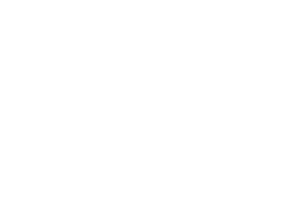
Molecule Shoe, 2015
Designed by Francis Bitonti (American)
Polyester filament 3D printed with Stratysys Connex 3D Printer, printing software by Adobe Photoshop ©
Museum purchase with funds donated anonymously
Courtesy, Museum of Fine Arts, Boston
|
|
|
|
|
|
New methods of creating sustainable textiles and manufacturing methods are also explored in this section of the exhibition. Traditional ways of processing natural fibers, weaving cloth and dyeing are among the world’s most wasteful manufacturing processes, making sustainability an important goal for many designers and manufacturers. Those featured in the exhibition include G-Star Raw for the Oceans—a collaboration between musician and entrepreneur Pharrell Williams and Bionic Yarn, a company dedicated to repurposing ocean waste. This clothing line is made of denim created from recycled plastic bottles recovered from the oceans. Issey Miyake’s 132 5 collection is made from PET, a polyester fiber developed by Teijin Limited. The manufacturing process does not use fossil fuels—fibers are created by pulverizing, melting and spinning threads out of recycled polyester. Designer Kate Goldsworthy is developing laser technology to both pattern and bond cloth in an effort to replace the chemically toxic process of dyeing, as seen in her Zero Waste Dress (2016). From Pauline van Dongen’s “wearable solar” dresses that can charge a cell phone to Akris’ tuxedo suit embedded with “e-broidery” of small LED lights, visitors can see how advances in production are changing the form and function of fashion.

|

|

|

|

|
|
|
Ricky Bag with Light, 2015
Ralph Lauren, Inc.
American
Leather, lined with purple calfskin
©Ralph Lauren Corporation 2015
Courtesy, Museum of Fine Arts, Boston
|
|
|
|
|
The exhibition #techstyle at the Museum of Fine Arts, Boston
Henry and Lois Foster Gallery
Photograph © Museum of Fine Arts, Boston
|
|
|
|
|
Highrise Shoe (one of two (right)), 2015
United Nude (Established 2013)
English
3D printed synthetic rubber
Arthur Tracy Cabot Fund
Courtesy, Museum of Fine Arts, Boston
|
|
|
|

|

|

|
Not only can viewers participate in #techstyle on social media, but also mfa.org/techstyle is a hub for special videos and insights on the exhibition, including a Twitter and Instagram aggregator that will highlight the conversation as it happens online.
MFA Fashion Council
With the opening of #techstyle, the MFA celebrates the 10th anniversary of the Fashion Council, a group of Museum supporters established by the David and Roberta Logie Department of Textile and Fashion Arts in 2006. This unique group explores the intellectual, cultural and artistic aspects of fashionable dress in a convivial and social setting. Participants enjoy exclusive and lively programs throughout the year that feature prominent designers, jewelers, journalists, collectors, academics and artists connected with the fashion world. A special anniversary party on Saturday, March 5, serves as both a celebration and preview of #techstyle.
|
|
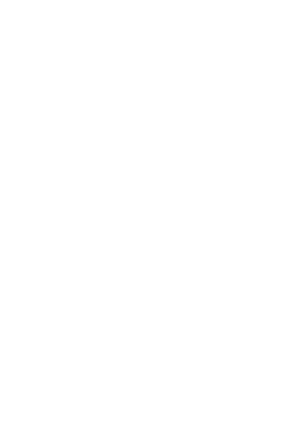
Engineered Reptile Print Dress, 2015
Sally LaPointe (born 1984, Marblehead, MA)
American, New York
Polyester-net embroidered with mylar sequins and digitally printed; silk satin underdress
Museum of Fine Arts, Boston. Gift of Sally LaPointe
Courtesy of Sally LaPointe
|
|
|
|

|

|

|
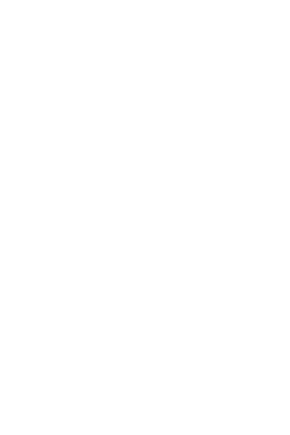
A/W 2015 Wearable Art collection, VIKTOR&ROLF Haute Couture
VIKTOR&ROLF Haute Couture (Dutch, founded 1993)
Linen bonded to crepe (Italian manufacture), digitally printed fabric with silvertone film, laser cut jacquard, synthetic, denim, embroidery,
applique
Team Peter Stigter
Courtesy, Museum of Fine Arts, Boston
|
|
The Museum of Fine Arts, Boston (MFA), is recognized for the quality and scope of its collection, representing all cultures and time periods. The Museum has more than 140 galleries displaying its encyclopedic collection, which includes Art of the Americas; Art of Europe; Contemporary Art; Art of Asia, Oceania, and Africa; Art of the Ancient World; Prints, Drawings, and Photographs; Textile and Fashion Arts; and Musical Instruments.
|
|
|
|
|

|

|

|
Open seven days a week, the MFA’s hours are Saturday through Tuesday, 10 am–4:45 pm; and Wednesday through Friday, 10 am–9:45 pm. Admission (which includes one repeat visit within 10 days) is $25 for adults and $23 for seniors and students age 18 and older, and includes entry to all galleries and special exhibitions. Admission is free for University Members and individual youths age 17 and younger. Wednesday nights after 4 pm admission is by voluntary contribution (suggested donation $25). MFA Members are always admitted for free. The Museum’s mobile MFA Guide is available at ticket desks and the Sharf Visitor Center for $5, members; $6, non-members; and $4, youths. The Museum is closed on New Year’s Day, Patriots’ Day, Independence Day, Thanksgiving, and Christmas.
See the Agenda>
MUSEUM OF FINE ARTS
465 Huntington Avenue
Boston, Massachusetts 02115
+1 (617) 267-9300
http://www.mfa.org
|
|
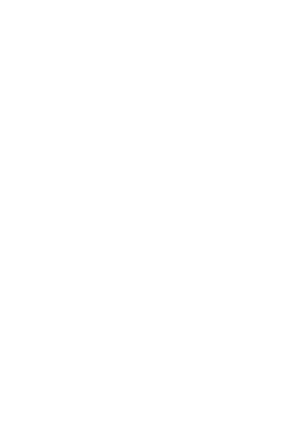
Bodysuit from Hard Copy collection, 2014
Noa Raviv (Israeli, born 1987)
Silk plain weave, polyester satin, nylon net, lazer-cut cotton braid and beads
Work by Noa Raviv
Garments by Noa Raviv, photos by Ron Kedmi
Courtesy, Museum of Fine Arts, Boston
|
|
|
|
|
|
|
|
|
|


